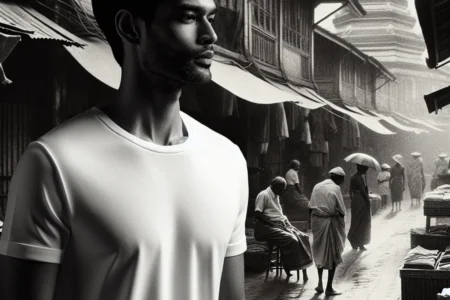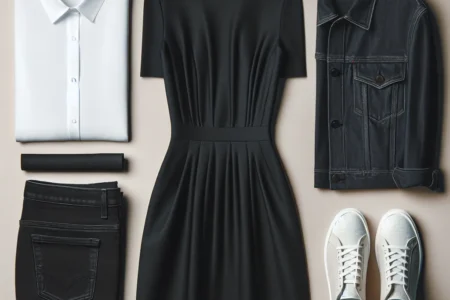The article delves into revisiting landmark court rulings to gain fresh perspectives on notable cases, such as “Marbury v. Madison” and “Brown v. Board of Education,” examining their enduring impact. It emphasizes the importance of exploring untold stories and uncovering new angles on famous courtroom battles, shedding light on the intricate nuances and human side of legal proceedings. Additionally, it highlights the significance of unveiling unseen dimensions of well-known legal battles as a catalyst for uncovering new perspectives and understanding the enduring impact of these cases on society as a whole. The comprehensive analysis and fresh insights provided by the article serve as compelling reasons to explore the complete piece.






